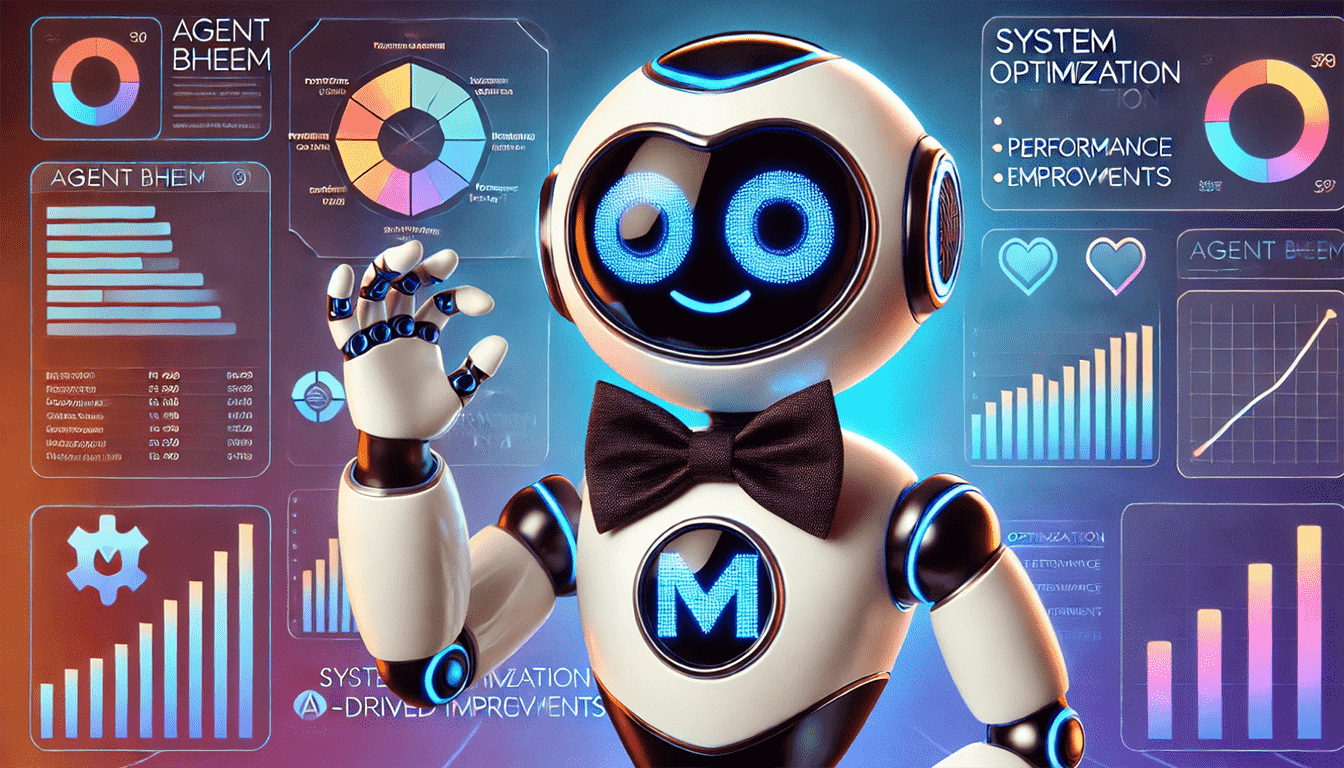
Optimizing Agent Bheem to Maximize Efficiency and Effectiveness with AI Automation
Enhance Natural Language Processing (NLP) Capabilities
1. Enhance Natural Language Processing (NLP) Capabilities
Contextual Awareness:Improving context understanding helps the assistant give better answers in long conversations. It can remember follow-up questions, respond clearly, and offer personalized support making it a powerful tool for customer service and business automation.
Domain-Specific Language: Customize your assistant with business-specific data so it understands your industry’s language, terms, and acronyms. This helps give more accurate answers and enhances the quality of customer support and AI automation in workflow processes.
Advanced NLP Models: Uses advanced language models and smart algorithms to better understand user questions even when they’re unclear making conversations smoother and more accurate.
2. Personalization and User Interaction
User Profiling: Connect the assistant with user profiles, past chats, and preferences to deliver personalized replies and smart suggestions. This helps improve customer support, speed up responses, and offer solutions that match user needs.
Adaptive Learning: Uses smart learning techniques to adapt from each user interaction. By improving answers through feedback and leveraging AI automation, it becomes a faster, more helpful business assistant boosting the efficiency of work over time.
3. Optimize Response Generation
Clear and Concise Responses: Make sure responses are clear, correct, and easy to understand. Improve how replies are delivered short, direct, and free from complex terms using a smart business assistant built for workflow automation and customer support.
Creativity and Diversity: Depending on the context, adjust Agent Bheem’s creativity. For customer support or transactional queries, responses should be factual and efficient, while more creative tasks, like content generation, can benefit from a higher variability in responses.
Model Tuning: Improve response quality by adjusting parameters like temperature (controls creativity) and top (controls variety). This helps automation systems give better, more natural replies based on user needs.
4. Performance and Latency Optimization
Efficient Model Deployment: Improve performance and response time by using lightweight models. Techniques like model quantization and distillation help reduce system load, making automation faster and more efficient for business workflows.
Scalability: Use load balancing to manage high user traffic without slowing down performance. Tasks can be shared across multiple servers or run on cloud systems that expand automatically keeping your AI assistant fast, reliable, and scalable.
5. Continuous Monitoring and Feedback Loop
Real-Time Analytics: Use workflow automation tools to regularly check how well the assistant is working. Track response speed, answer quality, and customer feedback. This helps spot what needs to be improved for better performance.
User Feedback Integration: Collect feedback from users regularly to understand how they interact with the assistant. Use these insights to improve the system’s replies, workflows, and decision-making, making it more helpful for business automation.
6. Integrating External Knowledge and Databases
Knowledge Base Integration: Connect to live databases, APIs, or internal systems to keep responses accurate and always up to date. In healthcare, it can access clinical data to share the latest treatment guidelines improving support and decision-making.
Multimodal Capabilities: Agent Bheem connects with voice commands and visual inputs like product images or documents to offer smarter support. In retail, for example, it can recognize items from photos or respond to spoken requests making customer service faster and more personalized.
7. Ethical Considerations and Data Security
Bias Reduction:Check responses regularly to avoid bias and follow ethical rules. This helps provide fair, inclusive, and accurate support to every user—making your AI assistant more reliable for customer service and business use.
Data Privacy:Follow privacy rules like GDPR and HIPAA by using strong security systems to handle personal data. Protect customer details with safe processes that keep your business trusted and compliant.
8. Regular Updates and Iterative Improvements
- Agile Development: Adopt an iterative approach to improving Agent Bheem. Continuously test new features, collect user feedback, and adjust the system accordingly. Regular updates will help maintain its relevance and efficiency.
- Adaptive Feedback System: Incorporate feedback loops that allow Agent Bheem to evolve based on real-world interactions. For instance, if users express confusion about certain responses, modify the training data to reduce errors in similar future queries.
Steps to Implement Optimizations in Agent Bheem
- Gather User Interaction Data: Collect conversation logs, feedback, and data to understand user behaviors and needs.
- Train and Fine-Tune NLP Models: Use pre-trained LLMs (like GPT-3) and fine-tune them using domain-specific data to improve contextual understanding.
- Performance Testing: Conduct rigorous testing of Agent Bheem under different conditions to optimize response time and accuracy.
- Implement Continuous Learning: Regularly update the model with fresh data and feedback from users to adapt to new trends or user needs.
- Deploy Efficiently: Ensure the infrastructure can scale automatically and distribute the workload effectively during peak usage.
Impact of Agent Bheem in Digital Marketing
- Improved User Experience: Agent Bheem provides more accurate, relevant, and personalized responses, enhancing user satisfaction.
- Increased Efficiency: Automating repetitive tasks and improving response time frees up human agents for more complex queries, reducing operational costs.
- Scalability: Optimized deployment strategies ensure that Agent Bheem can handle a growing number of interactions without degradation in performance.
